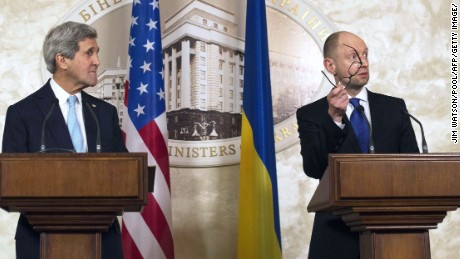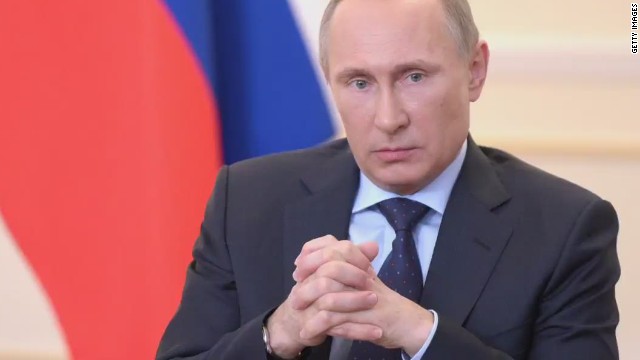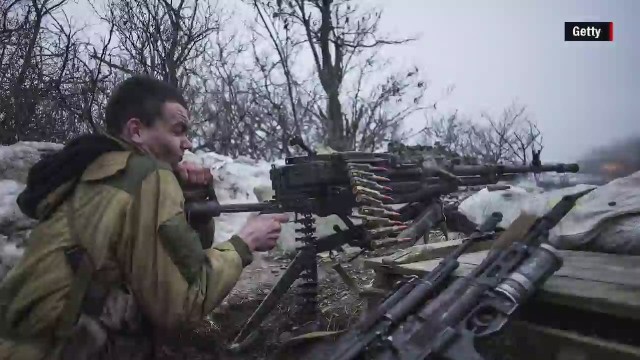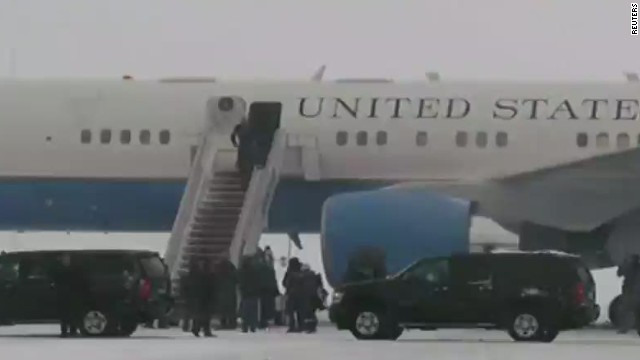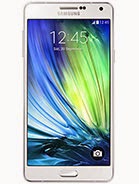There are three major types of printed circuit board construction: single-sided, double-sided, and multi-layered. Single-sided boards have the components on one side of the substrate. When the number of components becomes too much for a single-sided board, a double-sided board may be used. Electrical connections between the circuits on each side are made by drilling holes through the substrate in appropriate locations and plating the inside of the holes with a conducting material. The third type, a multi-layered board, has a substrate made up of layers of printed circuits separated by layers of insulation. The components on the surface connect through plated holes drilled down to the appropriate circuit layer. This greatly simplifies the circuit pattern.
Components on a printed circuit board are electrically connected to the circuits by two different methods: the older "through hole technology" and the newer "surface mount technology." With through hole technology, each component has thin wires, or leads, which are pushed through small holes in the substrate and soldered to connection pads in the circuits on the opposite side. Gravity and friction between the leads and the sides of the holes keeps the components in place until they are soldered. With surface mount technology, stubby J-shaped or L-shaped legs on each component contact the printed circuits directly. A solder paste consisting of glue, flux, and solder are applied at the point of contact to hold the components in place until the solder is melted, or "reflowed," in an oven to make the final connection. Although surface mount technology requires greater care in the placement of the components, it eliminates the time-consuming drilling process and the space-consuming connection pads inherent with through hole technology. Both technologies are used today.
Two other types of circuit assemblies are related to the printed circuit board. An integrated circuit, sometimes called an IC or microchip, performs similar functions to a printed circuit board except the IC contains many more circuits and components that are electrochemically "grown" in place on the surface of a very small chip of silicon. A hybrid circuit, as the name implies, looks like a printed circuit board, but contains some components that are grown onto the surface of the substrate rather than being placed on the surface and soldered.
History
Printed circuit boards evolved from electrical connection systems that were developed in the 1850s. Metal strips or rods were originally used to connect large electric components mounted on wooden bases. In time the metal strips were replaced by wires connected to screw terminals, and wooden bases were replaced by metal chassis. But smaller and more compact designs were needed due to the increased operating needs of the products that used circuit boards. In 1925, Charles Ducas of the United States submitted a patent application for a method of creating an electrical path directly on an insulated surface by printing through a stencil with electrically conductive inks. This method gave birth to the name "printed wiring" or "printed circuit."In the 1943, Paul Eisler of the United Kingdom patented a method of etching the conductive pattern, or circuits, on a layer of copper foil bonded to a glass-reinforced, non-conductive base. Widespread use of Eisler's technique did not come until the 1950s when the transistor was introduced for commercial use. Up to that point, the size of vacuum tubes and other components were so large that the traditional mounting and wiring methods were all that was needed. With the advent of transistors, however, the components became very small, and manufacturers turned to printed circuit boards to reduce the overall size of the electronic package.
Through hole technology and its use in multi-layer PCBs was patented by the U.S. firm Hazeltyne in 1961. The resulting increase in component density and closely spaced electrical paths started a new era in PCB design. Integrated circuit chips were introduced in the 1970s, and these components were quickly incorporated into printed circuit board design and manufacturing techniques.
Design
There is no such thing as a standard printed circuit board. Each board has a unique function for a particular product and must be designed to perform that function in the space allotted. Board designers use computer-aided design systems with special software to layout the circuit pattern on the board. The spaces between electrical conducting paths are often 0.04 inches (1.0 mm) or smaller. The location of the holes for component leads or contact points are also laid out, and this information is translated into instructions for a computer numerical controlled drilling machine or for the automatic solder paster used in the manufacturing process.Once the circuit pattern is laid out, a negative image, or mask, is printed out at exact size on a clear plastic sheet. With a negative image, the areas that are not part of the circuit pattern are shown in black and the circuit pattern is shown as clear.
Raw Materials
The substrate most commonly used in printed circuit boards is a glass fiber reinforced (fiberglass) epoxy resin with a copper foil bonded on to one or both sides. PCBs made from paper reinforced phenolic resin with a bonded copper foil are less expensive and are often used in household electrical devices.The printed circuits are made of copper, which is either plated or etched away on the surface of the substrate to leave the pattern desired. (See "additive" and "subtractive" processes described in step 3 under The Manufacturing Process). The copper circuits are coated with a layer of tin-lead to prevent oxidation. Contact fingers are plated with tin-lead, then nickel, and finally gold for excellent conductivity.
Purchased components include resistors, capacitors, transistors, diodes, integrated circuit chips, and others.
